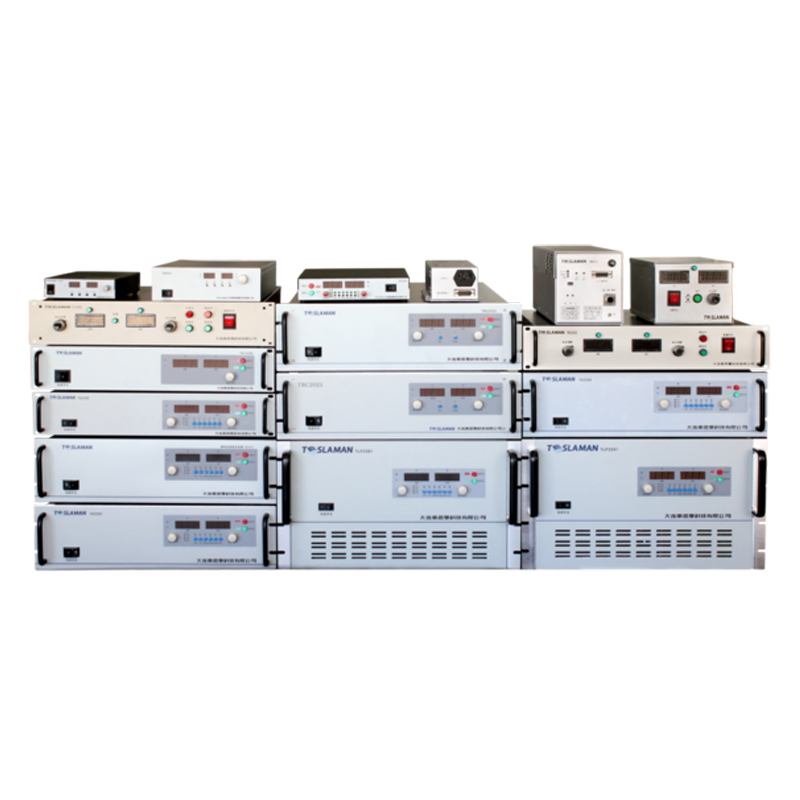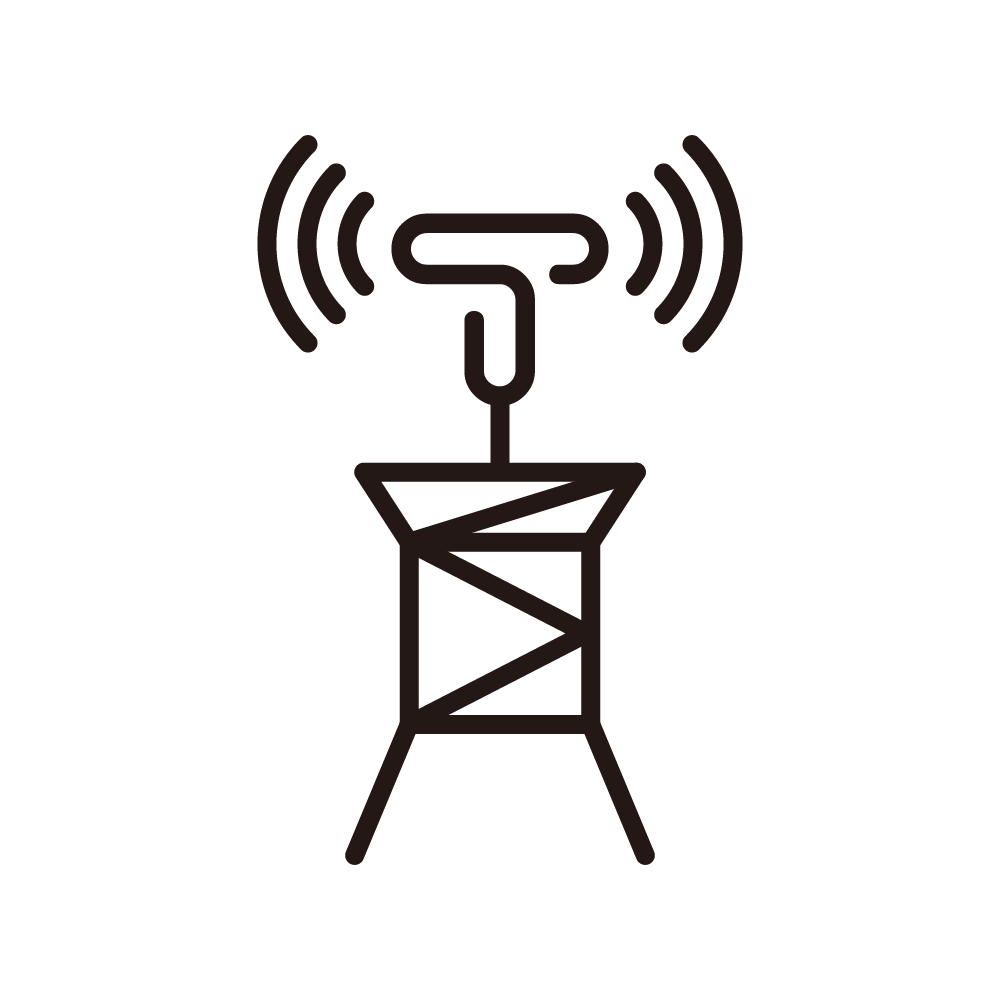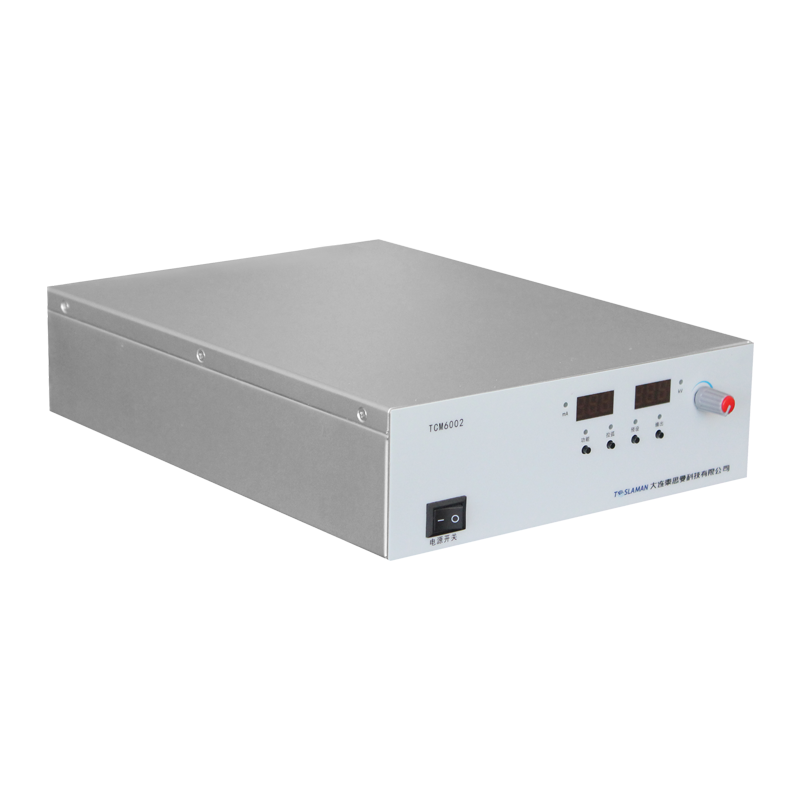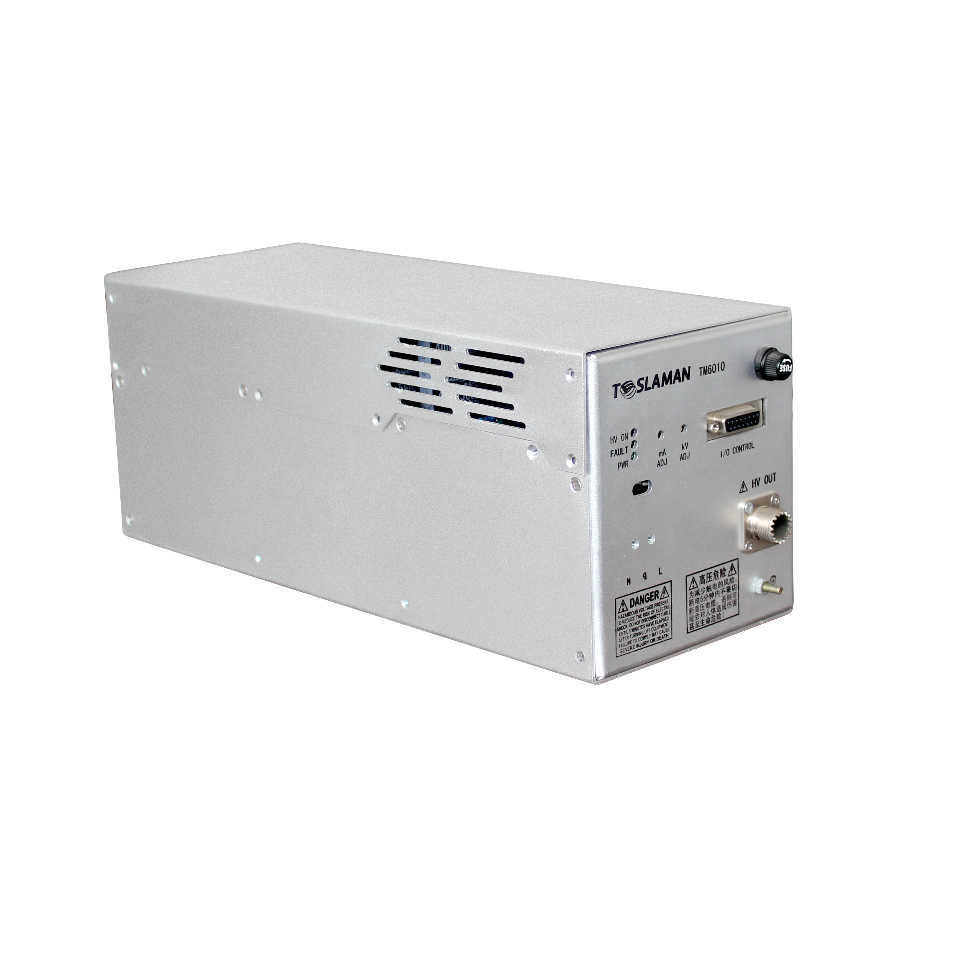Production Process Control: Automated Monitoring Upgrade of High-Voltage Power Supplies
High-voltage power supplies (HVPS) are critical components in industrial production processes such as metal smelting, semiconductor manufacturing, and chemical synthesis. The traditional manual monitoring mode of HVPS has defects such as slow fault response, low data accuracy, and difficulty in realizing full-process traceability, which restricts the stability of production quality. The automated monitoring upgrade of HVPS needs to focus on real-time data acquisition, closed-loop control, and intelligent early warning to achieve seamless integration with the production execution system (MES).
In terms of hardware transformation, high-precision sensors are deployed at key nodes of HVPS: voltage sensors with an accuracy class of 0.02 and current sensors with a sampling rate of 1kHz collect operating parameters in real time, and transmit data to the edge computing module through the Modbus TCP/IP protocol. The edge computing module adopts a dual-core processor architecture, which can complete data preprocessing (such as noise filtering and data calibration) within 50ms and upload valid data to the cloud monitoring platform.
For the software system, a three-tier functional architecture is constructed: the data acquisition layer realizes unified access to multi-type HVPS data; the analysis and early warning layer uses the LSTM neural network model to analyze historical operation data and production process parameters, and establish a fault prediction model with a prediction accuracy of over 92% for common faults such as voltage drift and current fluctuation; the closed-loop control layer connects with the MES, and automatically adjusts the output parameters of HVPS according to the production process requirements, such as increasing the output voltage by 5% when the smelting temperature is insufficient, to ensure the stability of the production process.
After the upgrade, the production line of a large chemical enterprise shows that the downtime of HVPS is reduced by 60%, the qualification rate of products is increased by 8%, and the labor cost of monitoring is saved by 45%, which verifies the practical value of the automated monitoring upgrade scheme.




















